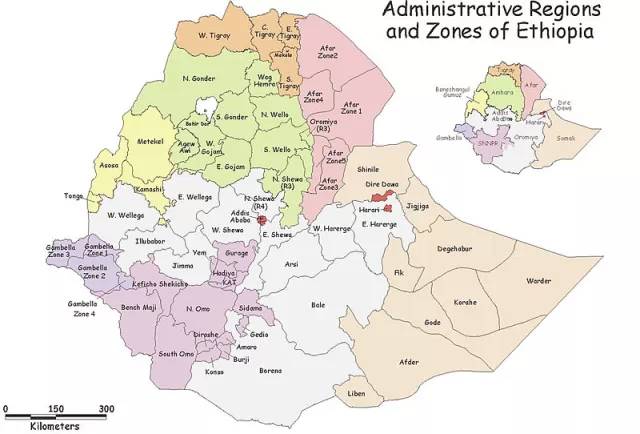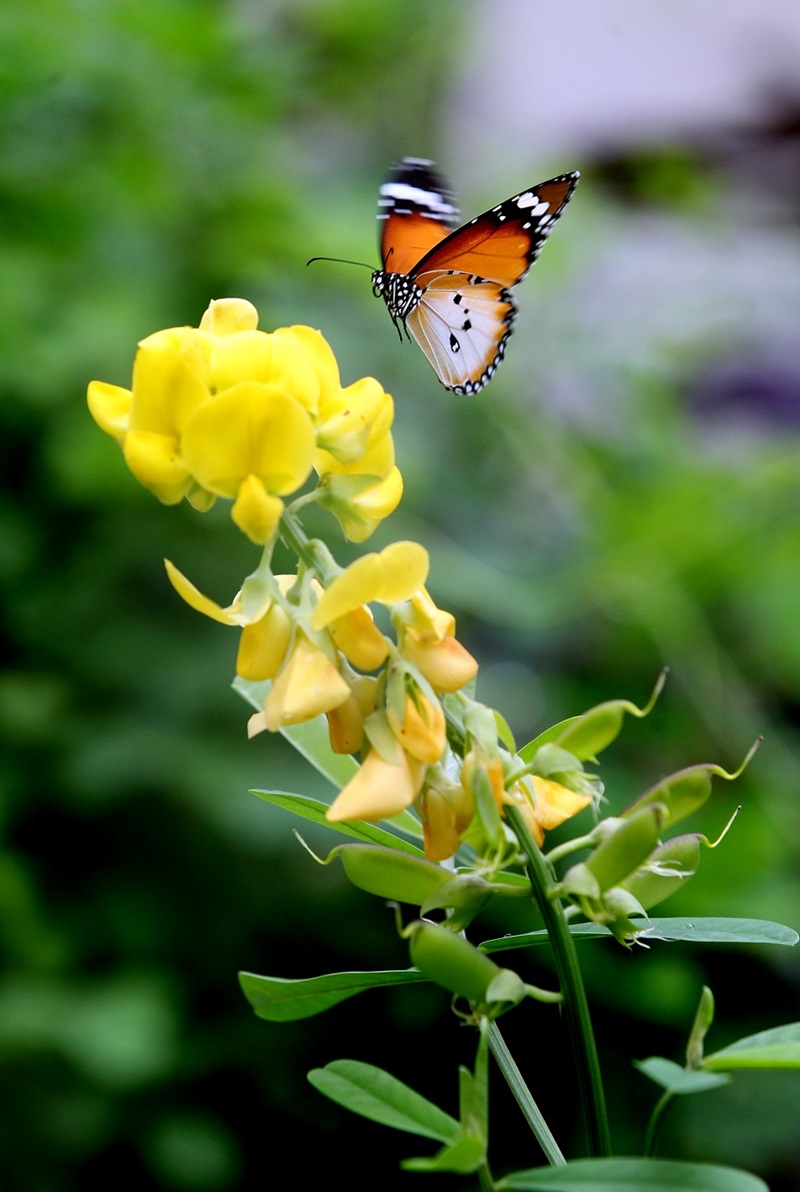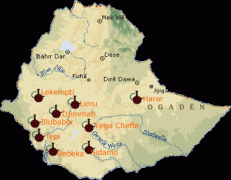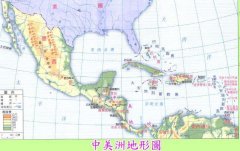An important detail on the World Coffee Map about the great Ethiopian boutique coffee manor
Ethiopia is a country in northeast Africa. Although it is listed as one of the least developed countries in the world, it also produces one of the best coffees in the world. It is said that coffee was first discovered by shepherds in Ethiopia, and the name of coffee evolved from Kafa, so Ethiopia is still the hometown of coffee from this point of view. Among Ethiopia's nine major coffee producing regions, Sidamo and Yegashefi

The most outstanding. Yejia Xuefei was originally a sub-production area of Sidamo, which was independent due to its special flavor. The rich and complex fruity flavor made it an international hit almost overnight, making it a sought after object for connoisseurs and expensive. Today we come to know this "coffee country" coffee and one of the proud coffees-Yejia Shefei Coffee.
Classification of coffee
Ethiopia's coffee can be naturally classified according to different cultivation methods and processing methods.
1. By planting method
Coffee can be divided into three types: forest or semi-forest coffee, garden coffee and plantation coffee.
60% of coffee is forest-semiforest coffee.
In such wild coffee forests, pesticides are not used at all, but biological methods are used to control pests.
35% of coffee is courtyard coffee.
In this coffee garden, the planting is three-dimensional distribution. Coffee sits in the lower layers, in the shade of other crops, to get the right environment to grow. Fertilizer is mainly deciduous, withered grass and animal manure.
5 percent of coffee is plantation coffee.
This is a modern way of growing coffee. Coffee is also grown in forests, but new varieties are used and spaced apart from other shade trees.
2. According to processing method
Due to different processing methods, coffee can be divided into washed coffee and sun-dried coffee.
(1) Washed coffee accounts for 35% of exports.
Good quality washed coffee is processed from freshly picked fully ripe fruit, carefully picked and closely monitored by professionals. After picking clean coffee beans on the day of picking to pulp, then fermentation, washing, drying, peeling. The humidity of the processed coffee beans is kept at about 12%.
(2) Sun-cured coffee accounts for 65% of exports.
Picked primarily at home, red beans are dried on concrete floors or high tables to a humidity of about 11.5%, then peeled and washed.
Coffee classification and quality control system
In Ethiopia, coffee classification and quality control systems are divided into producer, regional and national levels. All coffees are inspected by local inspection agencies before they leave the country of origin, and then re-inspected at coffee inspection and grading centres in Addis and Diredova to determine their quality grade. Grading coffee before auction and sale is important for all groups involved in production, acquisition, export and consumption. Before export, coffee must also be sent to a national quality control agency for inspection to confirm that origin, color, etc. meet export standards to ensure the reputation of Ethiopian coffee.
At present, Ethiopia's coffee grading and quality control system mainly has two indicators: visual inspection and cup evaluation. The inspection items include color, cleanliness, origin, taste and characteristics of coffee beans. Export classification is indicated by simple numbers, with the best washed coffee being grade 5 and the best sun-cured coffee being grade 4. After classification, the origin can be exported. Usually exports are paid by letter of credit, which can reduce the risk of collection by exporters and give quality assurance to importers.
By law, all coffee must be sold through auctions held in Addis Ababa and Diredava. During the coffee harvest season, such auctions are even held twice a day.
Coffee outlet
Coffee is Ethiopia's most important export cash crop and the main source of foreign exchange earnings. Ethiopia's coffee exports account for about 3% of the world market share, making it the eighth largest coffee exporter in the world. Coffee exports increased steadily from 58,000 tons in 1990-1991 to 110,000 tons in 1995 - 1996 and remained at that level for the next few years. Export volume exceeded 110,000 tons in 2001 - 2002 and reached 127,000 tons in 2002 - 2003.
The decade-long decline in coffee prices on the international market has seriously affected Ethiopia's foreign exchange earnings. Coffee exports accounted for more than half of Ethiopia's foreign exchange earnings before coffee prices dropped sharply, but now they account for only about 35 percent. However, coffee prices began to recover in 2002, rising from 41 cents per pound in September 2001 to 52 cents per pound in 2002 and 59.7 cents per pound in 2003, according to the International Coffee Organization. The average price in March 2004 was 60.8 cents per pound, a 50 per cent increase from September 2001. This is great news for Ethiopia.
Ethiopian people are addicted to coffee. In 2003, domestic consumption accounted for 42.3% of the total output, with an average consumption of 3 kg per capita. But more than half of coffee production is exported each year to earn foreign exchange. Major exporting countries include: the United States, Italy, Britain, Sweden, Norway, Greece, France, Belgium, Germany and Australia.
Until 1974, coffee production, processing and trading were in private hands. Private farms were nationalized and smallholder coffee producers neglected during the military regime. In 1991, the Transitional Government of Ethiopia promulgated a new economic policy to encourage private coffee exports. As a result, the number of private coffee exporters has increased dramatically. Nearly 90% of coffee exports are now controlled by private exporters.
Characteristics of Coffee
The natural characteristics of coffee beans include size, shape, acidity, texture, taste and aroma. Ethiopia's coffee beans are small, fragrant, and have the same acidity as wine, which is loved by coffee lovers. Due to its unique aroma and taste, Ethiopian coffee is often used in the production and variety improvement of beverages, ice cream and confectionery.
World-famous Ethiopian coffee mainly includes:
1. Limu Coffee
It grows between 1400 and 2000 meters above sea level. washed coffee. Excellent quality, with intense nutty aromas, moderate acidity and wine intensity. Annual production of 29,000 tons.
2. Jima Coffee
It grows between 1400 and 1800 meters above sea level. Sunburn coffee. Slightly sour, nutty and long finish. Annual production of 70,000 tons.
3. Gambi Coffee
It grows between 1500 and 2300 meters above sea level. A gourmet coffee with moderate acidity and fruity aromas. Annual production of 34,000 tons.
4. Ye 'erga Chefa Coffee
It grows at altitudes of 1500 to 2200 meters. Mocha flavor with floral and spicy aromas. Annual production is approximately 28,000 tons.
5. Sidamo Coffee
It grows between 1400 and 2200 meters above sea level. Good acidity, good quality. Annual production is approximately 37,000 tons.
6. Harald Coffee
It grows at altitudes above 2700 meters. It's the best coffee in the world, medium acidity, intoxicating exotic flavor, with a slightly intoxicated, dry fruit aroma, pure mocha coffee. Annual production is approximately 26,000 tons.
coffee production
Ethiopia's geographical environment is very suitable for coffee growth. Coffee is mainly grown in the southern highlands between 1100 and 2300 meters above sea level. The main coffee producing areas are Harar, Limu, Djimma, Sidamo, Kaffa, Yergacheffe and Wellega. The soil in these areas is well drained, slightly acidic, and red and loose.
Ethiopian coffee is harvested once a year. 3-4 Beautiful white coffee blossoms bloom during the month, and then the fruit begins to grow. 9-12 The moon-red coffee fruit ripens and waits to be picked. 11-12 A new season of coffee begins to be exported.
At present, about 25% of Ethiopia's population depends directly or indirectly on coffee production for their livelihood, with farmers using traditional cultivation methods accounting for the majority. Artificial care of coffee trees, use organic fertilizer, do not use harmful pesticides and herbicides. Most of the coffee produced in Ethiopia is organic.
Yerga Shefi Coffee is brilliant

The town of Yirga Shefe has been a wetland since ancient times. The old saying Yirga means to settle down, and Chefe means wetland. The way coffee is produced and the flavor is so prominent that Ethiopian coffee farmers compete to be proud of their coffee with Yegashfi flavor and become Africa's most famous coffee producing area. At first, the coffee trees in Yegashefi were planted by European monks, but later by farmers or cooperatives.
Yegashefi is actually formed by surrounding coffee communities or cooperatives, which generally include: Hafusa, Hama, and Biloa. These mountain villages are foggy, spring all year round, cool but not hot in summer, rain but not damp in winter, and they breed unique regional flavors of citrus and flowers. Coffee trees are grown mostly in farmers 'backyards or mixed with other crops on the farm.
The world of coffee is as interesting as wine. Good coffee is the best presentation of terroir. High-altitude Kenyan coffee is thick and complex. Short-growing Colombia is fresh and easy to drink. There was once a website that invited opinion leaders in the coffee industry to select the top coffee-producing countries in the coffee selection, Ethiopia ranked first. Judging from this result, Ethiopia's ability to win the world's favor is no accident.
"A glass of washed Yirgacheffe can bring out exquisite floral and sweet fruit flavor, which is unparalleled; or sun-treated Sidamo, sweet and atmospheric, are the most classic top representatives of Ethiopian coffee." Lorenzo Perkins spoke highly of it.
Ethiopia is the birthplace of the famous Arabica coffee bean, and the tradition of harvesting wild coffee beans has been maintained to this day. The reason why it can produce top-grade coffee from coffee is inseparable from its tradition. The coffee garden with an altitude of more than 1500 meters has formed a unique coffee terroir after more than a thousand years of evolution and adaptation. Ethiopian coffee grown in natural wild environment is called "wilderness coffee", which always retains the most original and natural taste of coffee beans. It is worth mentioning that most of the coffee in Central and South America has been introduced, Ethiopia is a rare native place, and there are countless native wild varieties that have not yet been discovered.
Important Notice :
前街咖啡 FrontStreet Coffee has moved to new addredd:
FrontStreet Coffee Address: 315,Donghua East Road,GuangZhou
Tel:020 38364473
- Prev

Introduction to Information and Flavor of Fine Coffee Manor in Sidamo, Ethiopia
We all know that Ethiopia is the birthplace of Alibika coffee, and Ethiopia's Yegashafi is its business card, but one of the producing areas we are going to talk about today is Sidamo! Sidamo, which grows between 4600 and 7200 feet above sea level in the southernmost Ethiopian plateau (Sidamo province), is a famous boutique coffee area in southern Ethiopia, bordering Kenya and located in Gemma.
- Next

Learn more about the description of Central American boutique coffee on the coffee map.
Central America is a land bridge connecting North and South America. There are seven countries, namely, Belize, Costa Rica, El Salvador, Guatemala, Honduras, Nicaragua and Panama. Seven Central American countries all produce coffee, with Guatemala, Costa Rica and Honduras among the top 10 coffee exporters in the world. Coffee started in Central America in the 18th century, an important economy.
Related
- Does Rose Summer choose Blue, Green or Red? Detailed explanation of Rose Summer Coffee plots and Classification in Panamanian Jade Manor
- What is the difference between the origin, producing area, processing plant, cooperative and manor of coffee beans?
- How fine does the espresso powder fit? how to grind the espresso?
- Sca coffee roasting degree color card coffee roasting degree 8 roasting color values what do you mean?
- The practice of lattes: how to make lattes at home
- Introduction to Indonesian Fine Coffee beans-- Java Coffee producing area of Indonesian Arabica Coffee
- How much will the flavor of light and medium roasted rose summer be expressed? What baking level is rose summer suitable for?
- Introduction to the characteristics of washing, sun-drying or wet-planing coffee commonly used in Mantenin, Indonesia
- Price characteristics of Arabica Coffee Bean Starbucks introduction to Manning Coffee Bean Taste producing area Variety Manor
- What is the authentic Yega flavor? What are the flavor characteristics of the really excellent Yejasuffi coffee beans?

